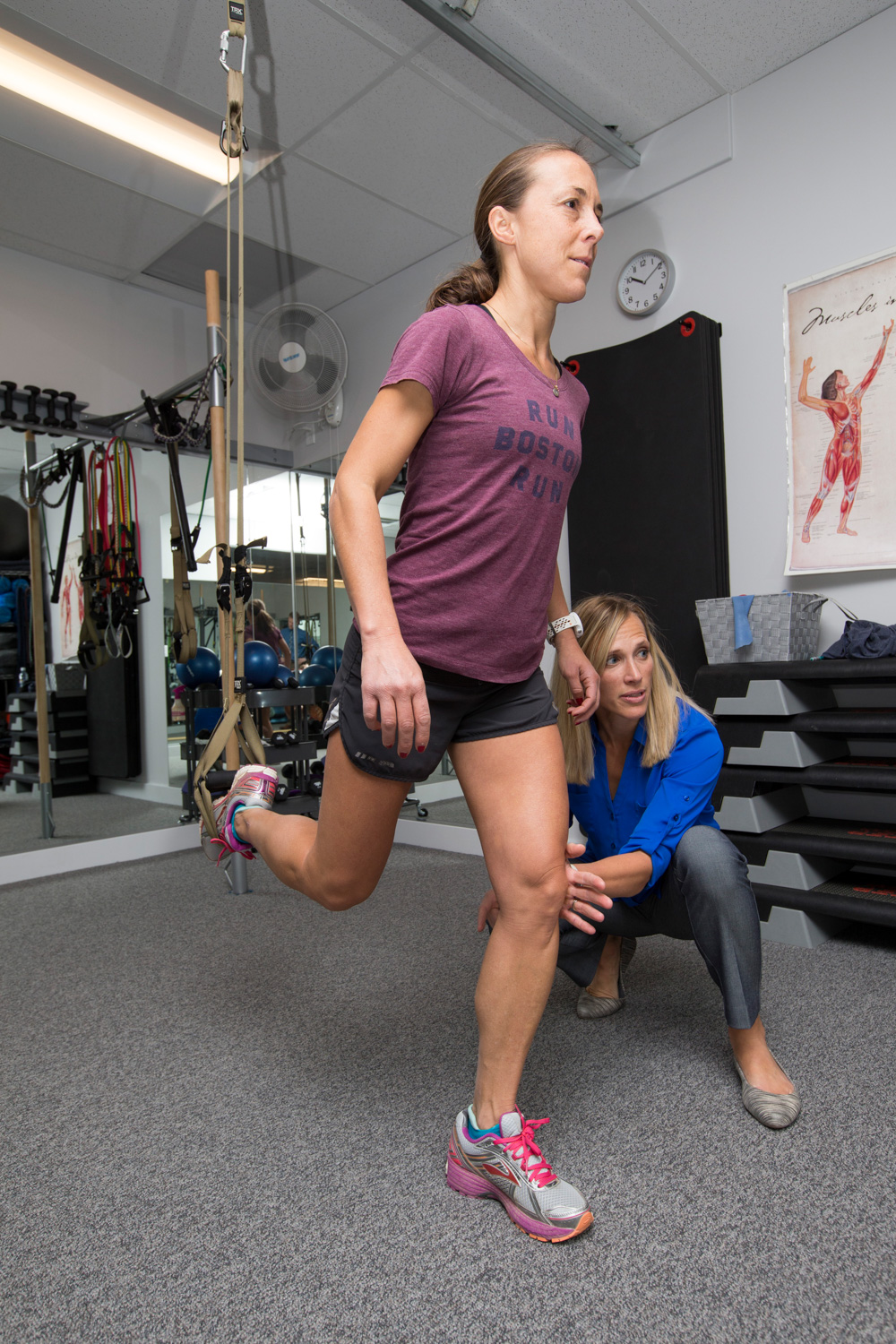ACL injuries remain one of the most common sports injuries rehabilitated by Physical Therapists. Athletes returning from ACL injury, treated either conservatively or surgically, face a difficult recovery period due to reduced agility, balance, power, mobility, and strength.
Blood flow restriction (BFR) is a commonly used modality combined with exercise to improve muscle strength and size in post operative conditions such as ACL. In short, BFR effects on muscle size or hypertrophy are most noticeable among participants who cannot lift heavy enough to reach 8-12 reps per set. Previous research has not shown a difference in muscle strength between groups using BFR or exercise alone if both groups can lift heavy enough to reach this exercise prescription.
A recent study examined the impact of adding BFR to an exercise program in patients both before and after ACL reconstruction. Erickson and colleagues performed a randomized, controlled trial of 48 athletes (28 male) who underwent ACL construction (Med Sci Sport Ex. 2025). Each participant was randomized to either exercising with BFR or a sham/placebo unit. Participants then underwent a rehabilitation program both 1 month prior to surgery and 4 to 5 months after ACL surgery. Interestingly, although both groups improved no differences were noted in strength, muscle size, muscle physiology, or biomechanics between the groups. Indicating BFR did not play a significant role in the improvement of these variables.
Click Here to schedule your next appointment with the experts at MEND.

